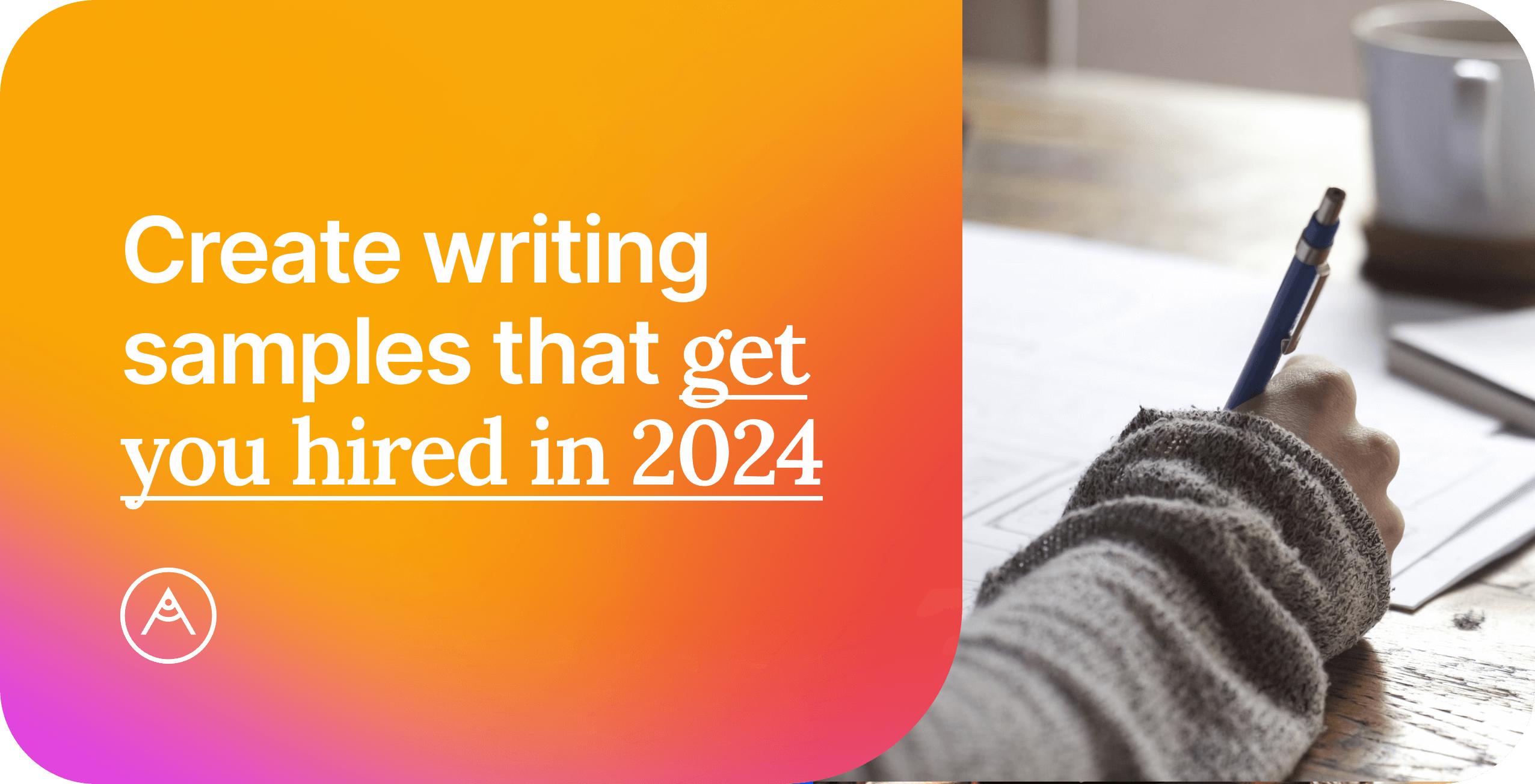Fellow freelance writer, you know as well as I do that if you want to make any real progress (and money) with freelance writing, you need a good writing sample. How else will you convince a potential client that your writing skills are as exceptional as you claim them to be?
This article will offer some guidelines on how to create a writing sample, nay, the perfect writing sample. It will also present a few examples of such samples so you have some sort of reference for your own creative writing.
Additionally, if you are looking for portfolio-building tools that will help you showcase your writing samples, I've got something for you. How does a portfolio builder that finds, collects, and saves all your bylined work sound? If it sounds compelling, don't miss the end of the article.
• The perfect freelance writing sample will make or break your professional value to potential employers. It conveys the depth and breadth of your expertise, the efficacy of your research skills, and the suitability of your writing style.
• So, how do you create that perfect writing sample? You'll find a few tips in this article — study the client's industry, utilize SEO tactics, use data, create an awesome headline, manage the word count, and edit with a hawk's eye.
• A few excellent writing samples will help you get started. Check out the five incredible writing samples by veteran writers. They'll give you ample ideas on how to shape your own writing, whether for specific job applications or in general.
• Finally, if you are thinking of creating a portfolio to host your writing samples, consider Authory. The tool does 90% of the work for you. Check out the video on "How Authory Works." You enter the URLs of the sites where your work is published, and Authory will import all your bylined work to its database. You can now look through all your pieces in a single location.
• Authory is a dedicated portfolio builder that imports your content from the internet, saves it forever, proves that you do not use AI to write, provides analytics data for your content, and so much more.
How to the perfect writing sample from scratch
Before you start writing, keep the following in mind:
Study the client's industry to decide on the type of writing sample
You start by looking at the prospective client's industry before deciding on the type of writing for your content writing sample. If you want to pitch to a beauty and lifestyle company, you might write something like "Top 10 skincare tips for when you're traveling and jetlagged." If you're pitching to a political think tank, you might offer an analysis of electoral patterns in Croatia. Look at what the client wants and give them exactly that.
Throw some SEO knowledge when you create writing samples
Before applying for any writing jobs, you must know that the competition for content to show up on the first page of Google's search results is fierce.
In the digital gladiatorial landscape, some knowledge of SEO is a huge advantage. You should, at the very least, know how to study the SEO landscape for any topic and understand the significance of headings in an article (H2, H3, and so on...).
Even if the client is prepared to help writers with SEO guidelines, wouldn't they be doubly impressed if you point out the target keyword for your article? Wouldn't they be even more impressed if you told them how you did your research, even if it's at a rudimentary level with free tools?
Competence with SEO is one of the most desirable skills for a freelance writer, no matter the type of content, writing niche, or writing style. Make your writing sample an absolute winner by infusing it with high SEO value.
If you're looking to acquire this skill, start with Ahrefs’ free course.
Make ample use of statistics and data
Good writers are almost always good researchers. All your potential employers want to judge your ability to do research and utilize learning in your writing.
So, dig into industry data, find relevant stats and data points, look up a couple of surveys, and draw some educated inferences for your piece.
If you are writing technical or nonfiction, using on-ground facts is always the best way to give your piece legitimacy—both for the Google crawler and the human reader.
Pay attention to the title to present your best writing
People's attention spans are low, and everyone is vying for their attention online. Your article's title has to stand out and get people to click on it. A good title is clear, contains a target keyword, and tries to be witty (but doesn't try too hard).
A simple Google search of the piece's target keyword should give you a good idea of the right title (the kind that appeals to the target audience).
Keep your word count under control
Your clients have very little time to devote to a single application and portfolio. Don't make life more difficult for them.
Keep your writing samples relatively short. Ask clients about their preferred word count.
You can make judgments based on a close reading of the job application, but how it usually goes is: If you're creating it, try to keep it between 1000 and 1500 words. 2000 is acceptable if you're writing deep dives on technical topics.
Edit your content writing sample brutally for errors, plagiarism & readability
It is not enough to create content writing samples; they must also be grammatically pristine.
Use tools like Grammarly to check for spelling and grammar errors. If you have a paid version of Grammarly, you can use its exceptional plagiarism checker. If not, there are plenty of free tools to help you out.
Keep your article readable to the target audience. Long, complex sentences are not reader-friendly (unless you are a James Joyce stan). Long paragraphs are heavy on the reader's eyes. If a simpler synonym for a word exists, it should be used over the "heavier" word.
You can use Hemingway to check your article's readability. Whatever the type of writing sample, try to keep it at a Grade 9-10 reading level unless the client in question is known for welcoming more academic language.
5 writing sample examples for inspiration & ideas
Clair Belmonte
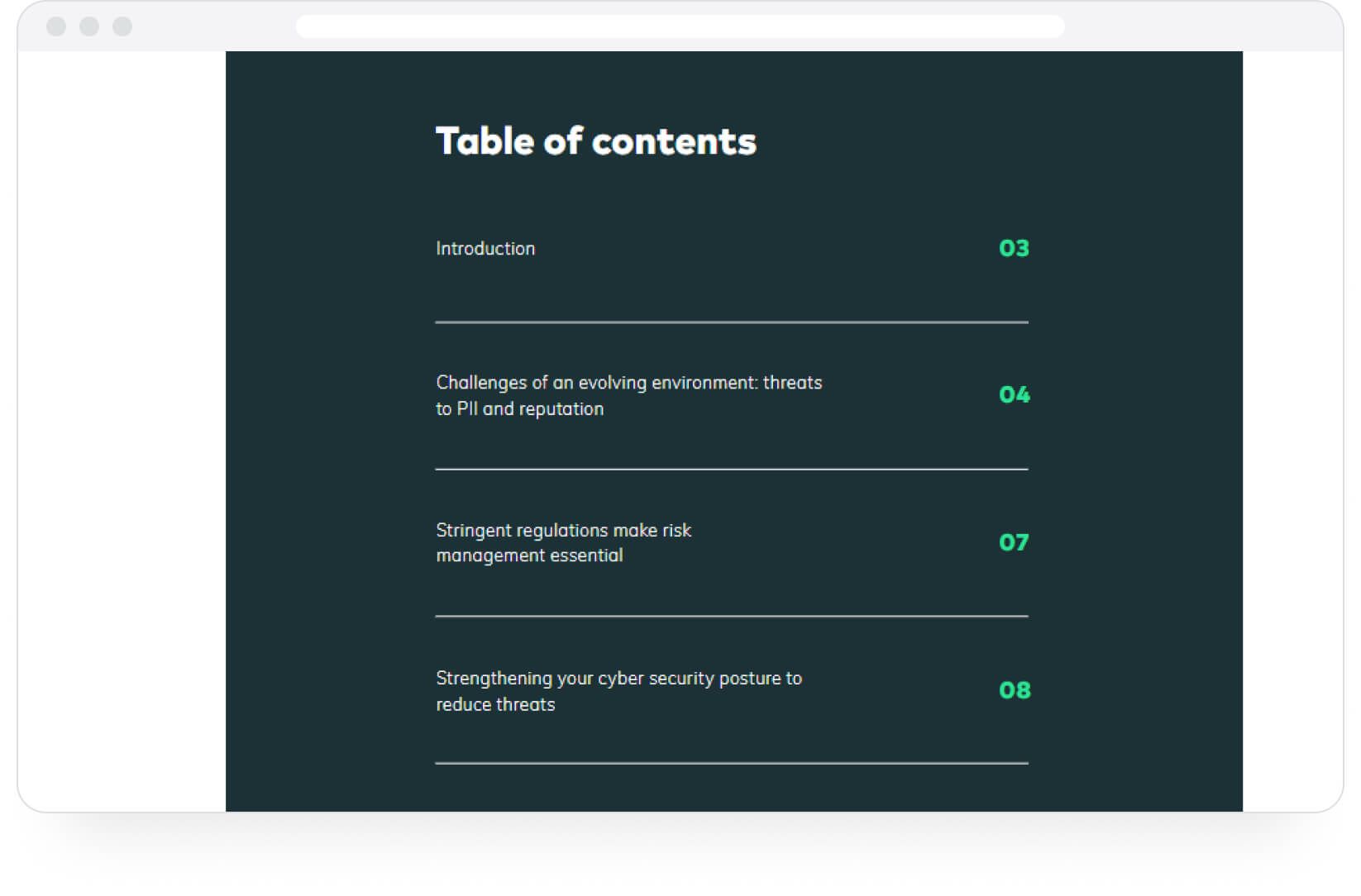
Clair is a freelance writer, editor, and content strategist. Her freelance writing portfolio showcases her areas of interest — B2B tech, SaaS, cybersecurity, data management, AI/ML, and compliance.
The sample highlighted here delves into fortifying data security for organizations by using something called vulnerability management.
Here's her full article & her portfolio.
Vicki Reeve
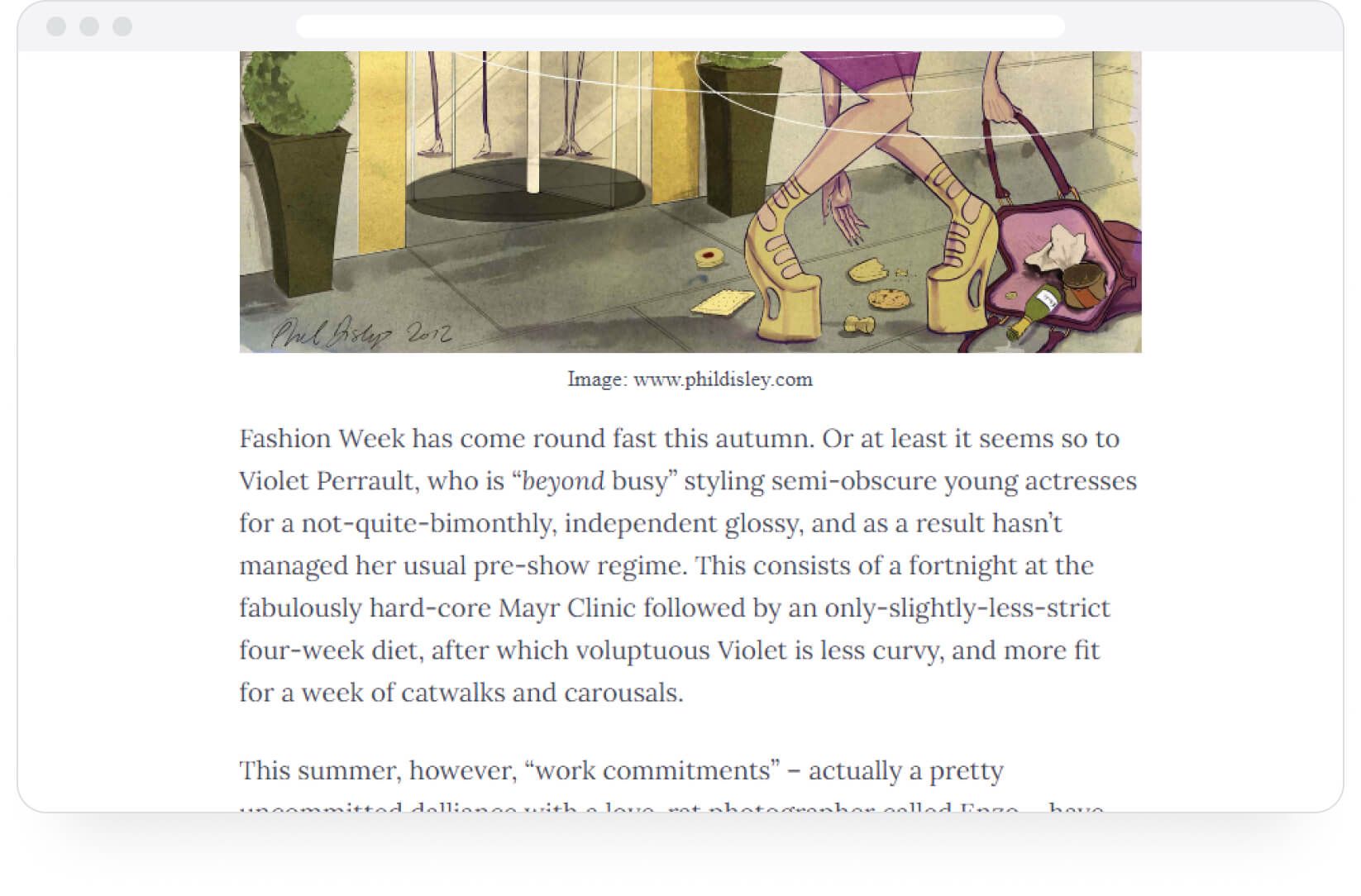
Vicki started out in academic book publishing and moved on to luxury journalism. She has written & edited for FT's How To Spend It magazine, Condé Nast Traveller, Stella magazine at The Telegraph, ES Magazine at the Evening Standard, The Sunday Times (Style and Travel), and Tatler.
As a freelance editor/writer, she works with Departures International, Centurion, Compendium, NetJets magazine, Vogue, Art Fund's Art Quarterly magazine, Elephant magazine, and Wylde, among other publications.
Her freelance writing niche is luxury & lifestyle, but she also writes short stories, one of which is the sample here. It is the very definition of a good writing sample.
And here's her freelance writing portfolio page.
Amanda M. Socci
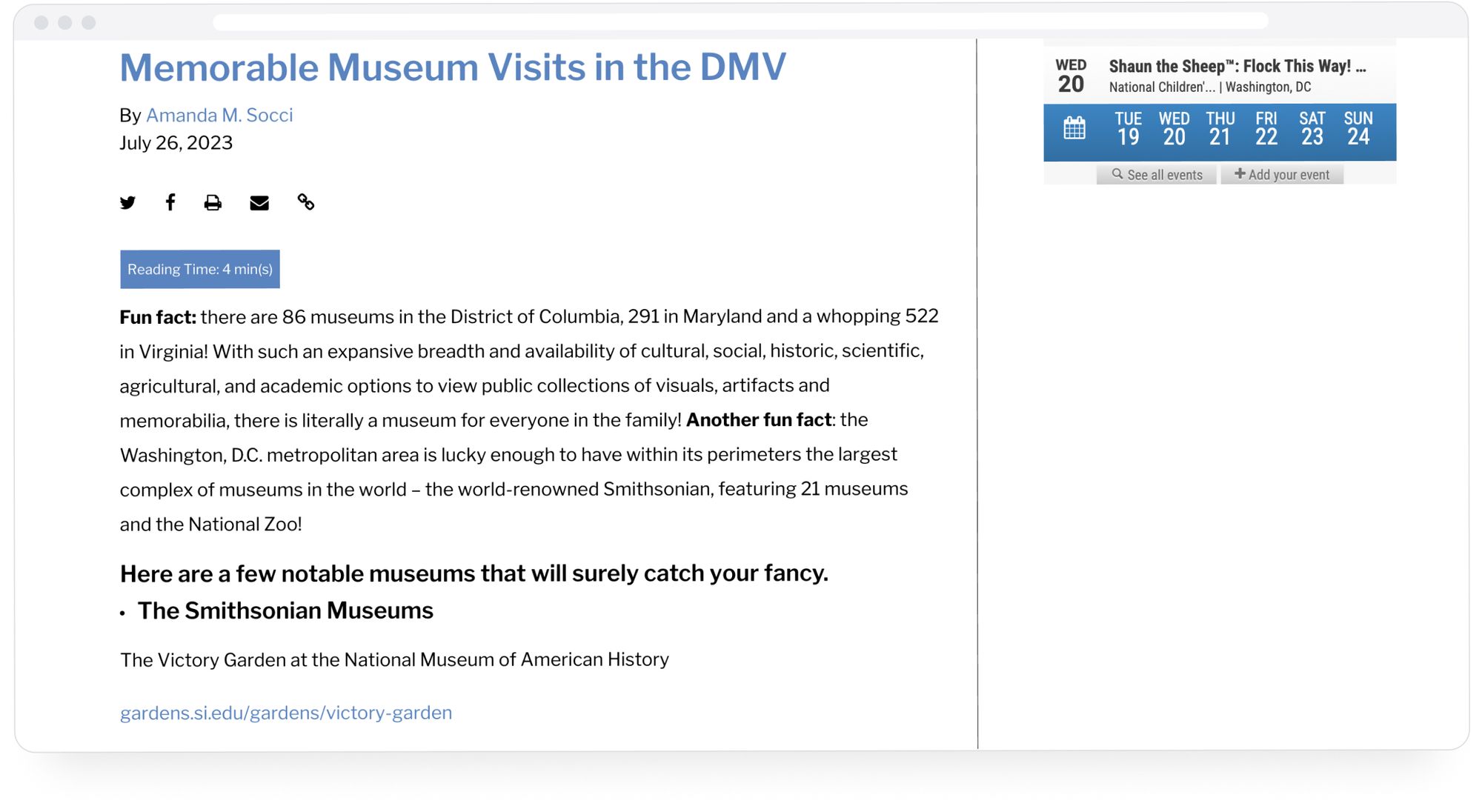
Amanda M. Socci is a freelance writer and a prospective book author. She started writing in 1998 with her national newsletter, "Consumers Everywhere." She has worked for newspapers and magazines in the Washington, D.C. metropolitan area. Over her career, she has covered general parenting issues, visual and performing arts, children and psychology, entrepreneurs and businesses, local leaders and events, high school sports, and crime.
Here's her full article and her writing portfolio website.
Al Root
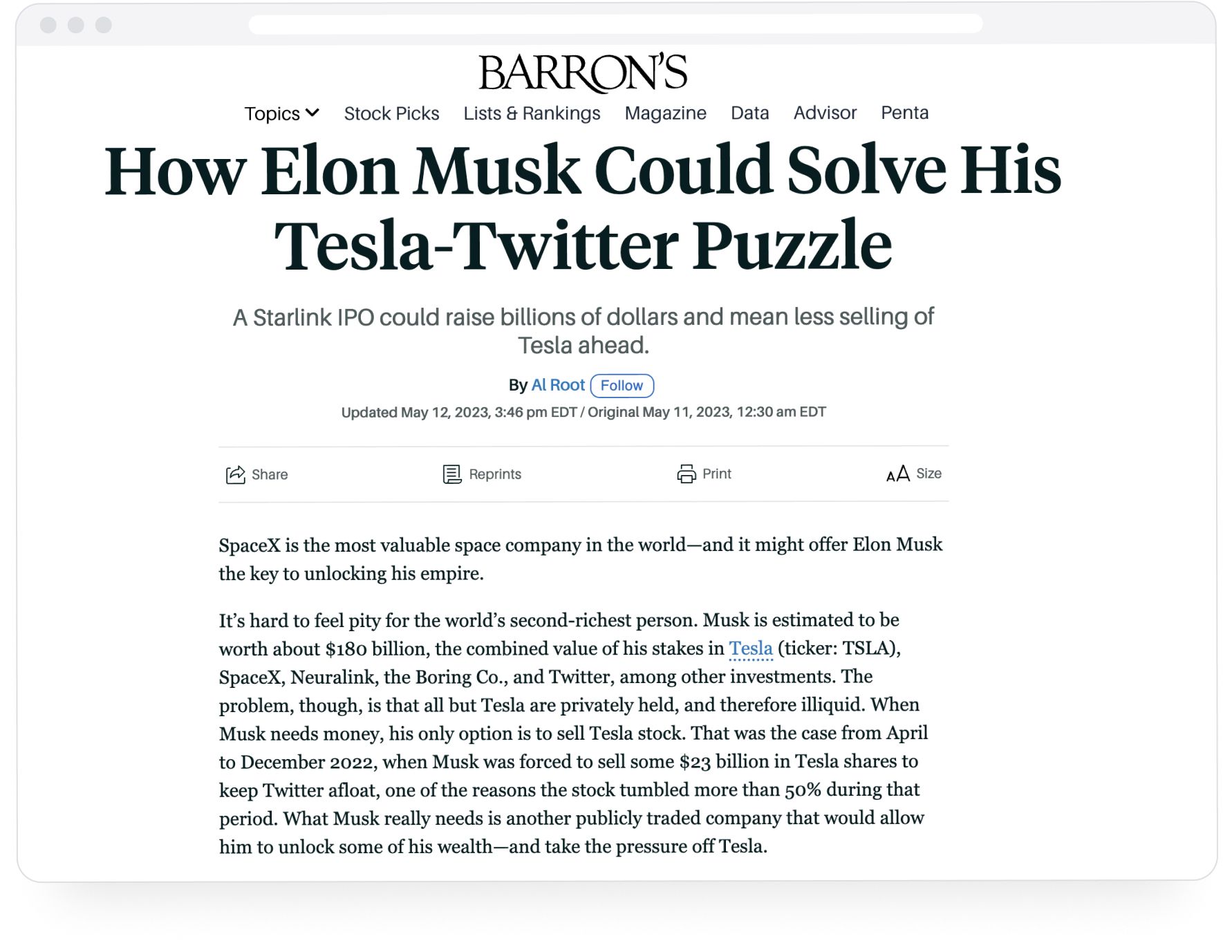
Al is a senior writer at BARRON’S.
He spent 17 years on Wall Street before joining BARRON's after his stint with R.W.Baird, where he worked as an industrial strategist.
As a guest on radio, podcasts, and TV, he often offers expert industry and market analysis, which has led to appearances on Sirius XM and Wharton’s Business Radio; podcasts including BARRON’S Live and The Readback; and television including CBSNews, Cheddar, Yahoo Finance, Fox Business’ BARRON’S Roundtable, Claman Countdown, and The Big Money Show.
Here's his full article and his writing portfolio.
Glynis Hart
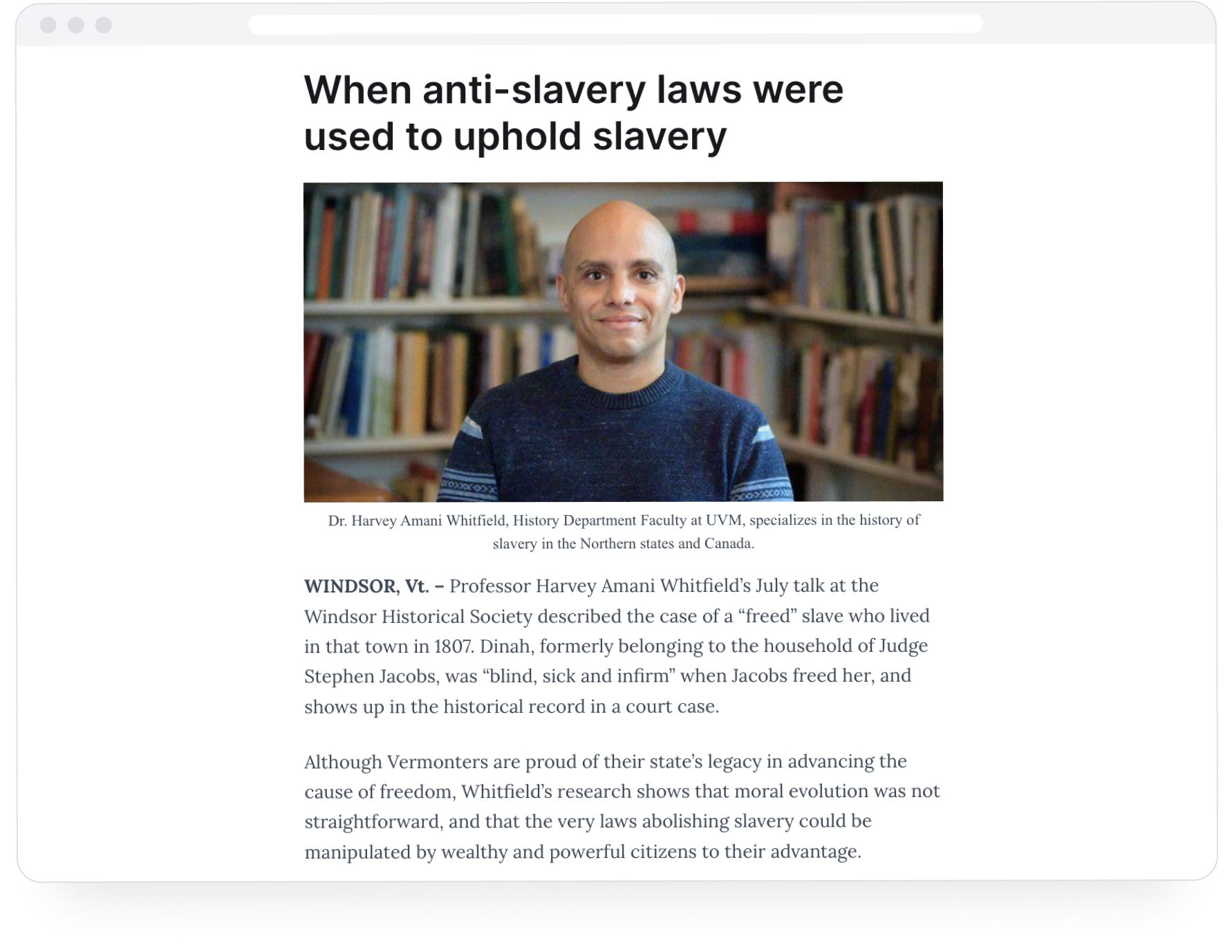
Glynis Hart is an award-winning writer, journalist, and editor who recently finished her first novel, The Bronc Riders.
As a journalist, she has worked at The Eagle Times, Adirondack Daily Enterprise, The Vineyard Gazette, Finger Lakes Community Newspapers, Tompkins Weekly, and Ithaca Child.
Here's her full article and her writing portfolio.
Create an industry-best portfolio for your writing pieces (and get ahead faster in the freelance writing business)
If you're thinking about upgrading your existing portfolio or creating your first one, allow me to suggest Authory as a portfolio builder.
Authory gives you the following advantages:
A self-updating portfolio (no need to keep adding new work manually)
Authory will AUTOMATICALLY import a copy of every bylined piece from every site into its own database. These sites are called "sources." You add as many sources as you want, and every single bylined piece from every single source will be imported automatically.
Automated backups (never lose your content, ever)
All the content that Authory imports from different sources is saved permanently. Even if the original website where it's published goes defunct for any reason, you'll always have a copy safely stored on Authory's server.
All backups are in the original format — text and/or media. No screenshots.
Continued importing of past and future content (less effort for a 100% updated portfolio)
Once you enter a source, Authory won't just import your existing publications. Anything you publish on the same site (after you've fed its URL into Authory) in the future will also be imported automatically. In other words, Authory will import your past and future content.
Analytics, tracking, newsletter, RSS, & more
Authory doesn't just provide a digital space to display your work. You also get ancillary features like:
- Ability to search through both your portfolio and your content database to find content based on keywords.
- All imported content can be downloaded as high-res PDFs or exportable as HTML files — no lock-in period.
- Get a custom domain and further personalize your portfolio (no extra charge).
- Allows creation of newsletters with a couple of clicks.
If you’re curious, sign up for a free Authory account. Try the 14-day trial, set up a self-updating portfolio within minutes, access all your work in one place, and be assured that you’ll never lose any of your work again.


